Table of content
In the realm of culinary delights, pig’s trotters, often underestimated and misunderstood, hold a unique place. They are a treasure trove of flavors and textures, capable of transforming into a sumptuous dish with the right cooking technique and seasoning. Boiling, or “hū” as it might be pronounced in some dialects, is a time-honored method to prepare pig’s trotters, rendering them tender, juicy, and bursting with flavor. This article aims to guide you through the intricacies of how to boil pig’s trotters to perfection, ensuring every bite is a delightful experience.
Understanding Pig’s Trotters
Before diving into the cooking process, it’s crucial to understand what makes pig’s trotters special. These meaty appendages are rich in collagen, which, when cooked properly, turns into a gelatinous texture that adds a luxurious mouthfeel to dishes. They also contain a good amount of protein and fat, contributing to their rich, savory taste. However, their dense, fibrous structure can make them challenging to cook; hence, the importance of the boiling process cannot be overstated.
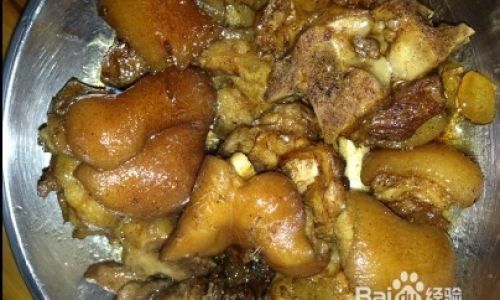
Selecting the Right Trotters
The first step in achieving delicious boiled pig’s trotters is selecting high-quality ingredients. Look for trotters that are fresh, with a firm texture and a clean, slightly pinkish hue. Avoid those that appear discolored, slimy, or have an unpleasant odor. If possible, source trotters from a reputable butcher or farm to ensure they come from healthy animals.
Preparation Before Boiling
Once you’ve secured your trotters, it’s time to prepare them for cooking. Begin by trimming any excess hair, dirt, or scales from the surface. This step is crucial for both aesthetic and hygienic reasons. Next, soak the trotters in cold water for about 30 minutes to draw out any blood or impurities. Change the water if it becomes discolored. After soaking, rinse the trotters thoroughly under running water.
The Boiling Process
Step 1: Blanching
Blanching helps to tighten the skin and remove any remaining impurities. Place the cleaned trotters in a large pot filled with cold water. Add a few slices of fresh ginger, a couple of green onions, and a splash of vinegar to help neutralize any unwanted odors. Bring the water to a rolling boil, then reduce the heat to a simmer and let the trotters cook for about 5-7 minutes. Remove them from the pot and rinse under cold water to stop the cooking process. Discard the blanching water.
Step 2: Seasoning the Broth
For the boiling broth, use a large, heavy-bottomed pot to ensure even heat distribution. Fill it with fresh water, preferably enough to fully submerge the trotters. Add a generous amount of seasoning: whole black peppercorns, star anise, cloves, cinnamon sticks, and a few slices of ginger. You can also incorporate a piece of rock sugar to balance the flavors. Bring this seasoned water to a boil.
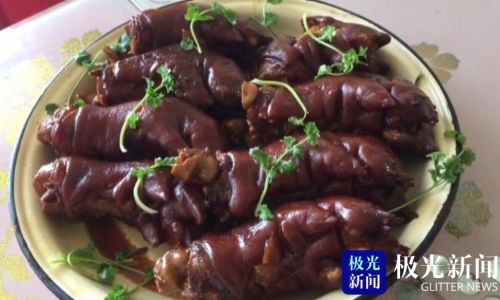
Step 3: Boiling the Trotters
Carefully place the blanched trotters into the boiling broth. Ensure they are fully submerged. Adjust the heat to maintain a gentle simmer rather than a rolling boil, as excessive heat can cause the trotters to become tough. Cover the pot with a lid, leaving a slight gap to allow steam to escape, which helps to concentrate flavors.
Boil the trotters for approximately 2-3 hours, depending on their size and your preferred level of tenderness. Smaller trotters may require less time, while larger ones may need closer to 3 hours. During this time, periodically check the broth and skim off any foam or impurities that rise to the surface.
Step 4: Finishing Touches
About 30 minutes before the end of cooking, taste the broth and adjust the seasoning if necessary. You may want to add more salt or a touch of soy sauce for depth. Additionally, consider adding some fresh herbs like parsley or cilantro stems for an aromatic boost.
Once the trotters are tender and the broth is flavorful, turn off the heat. Allow the trotters to cool slightly in the broth, as this helps them to absorb more flavors. You can then remove them and let them cool completely before serving or refrigerating for later use.

Serving Suggestions
Boiled pig’s trotters can be enjoyed in various ways. They can be served hot, straight from the broth, with a dipping sauce made from soy sauce, vinegar, garlic, and chili oil. Alternatively, they can be chilled and served as a cold appetizer, sliced thinly and accompanied by a zesty vinaigrette. For a more elaborate dish, consider incorporating the trotters into a stew or braise, where their gelatinous texture can enrich the sauce.
Conclusion
Boiling pig’s trotters may seem like a simple cooking method, but achieving perfection requires attention to detail, patience, and a love for culinary experimentation. By following the steps outlined above—from careful selection and preparation to meticulous seasoning and cooking—you can transform these humble ingredients into a dish that is not only delicious but also brimming with cultural heritage and culinary wisdom. So, the next time you’re in the kitchen, give pig’s trotters a try, and let the rich, savory flavors take you on a culinary journey.
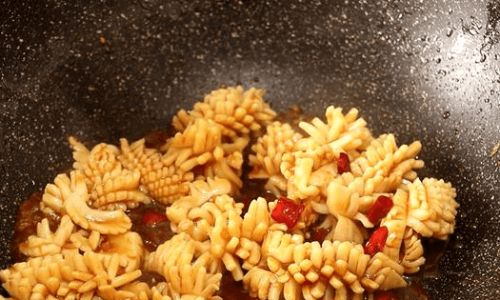
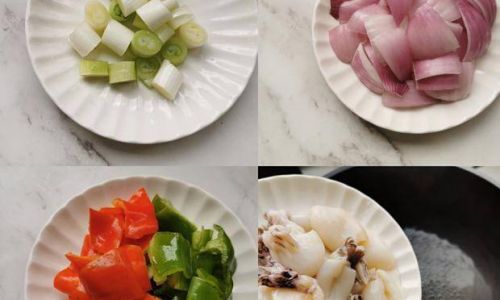

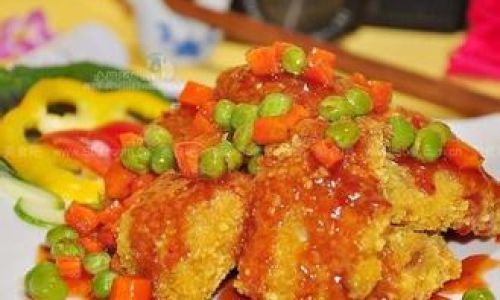

0 comments